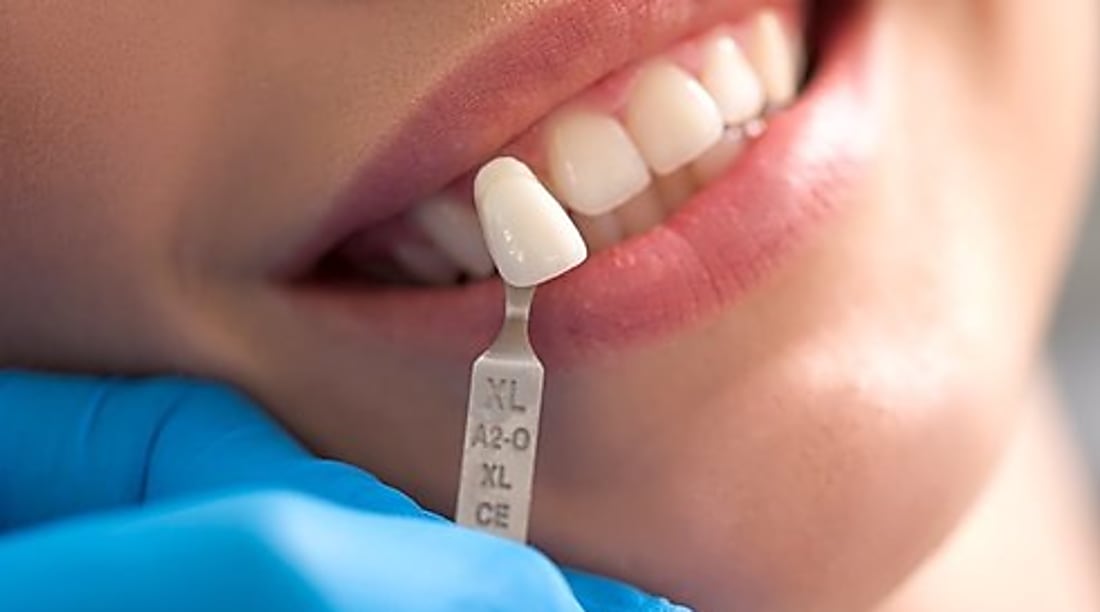Understanding Dental Implants: A Complete Guide
Dental implants represent a revolutionary solution for replacing missing teeth, offering a permanent and natural-looking alternative to traditional dentures or bridges. These titanium posts are surgically placed into the jawbone, where they fuse with the bone tissue to create a stable foundation for artificial teeth. Unlike removable dentures, dental implants function like natural teeth, allowing you to eat, speak, and smile with confidence. The procedure has become increasingly popular due to its high success rate and long-term durability, making it an attractive option for people seeking to restore their oral health and appearance.

Missing teeth can significantly impact your quality of life, affecting everything from your ability to chew food properly to your self-confidence when smiling. Dental implants have emerged as the gold standard for tooth replacement, offering a solution that closely mimics the structure and function of natural teeth. This comprehensive approach to tooth restoration has transformed modern dentistry and provided millions of people with renewed oral health.
What are Dental Implants?
Dental implants are small titanium screws that serve as artificial tooth roots, surgically placed into the jawbone to support replacement teeth. The implant itself consists of three main components: the titanium post that integrates with the jawbone, an abutment that connects the implant to the crown, and the crown itself, which is the visible tooth replacement. The titanium material is biocompatible, meaning it naturally fuses with bone tissue through a process called osseointegration. This fusion creates a stable foundation that can last for decades with proper care. Unlike traditional bridges or dentures, implants don’t rely on adjacent teeth for support, preserving the integrity of your remaining natural teeth.
Types of Dental Implants
Several types of dental implants are available to accommodate different patient needs and anatomical conditions. Endosteal implants are the most common type, placed directly into the jawbone and suitable for patients with adequate bone density. These implants typically have a screw-like or cylindrical shape and provide excellent stability. Subperiosteal implants are placed under the gum but above the jawbone, making them suitable for patients who don’t have enough healthy jawbone for endosteal implants. Zygomatic implants are longer implants anchored in the cheekbone rather than the jawbone, used in cases of severe bone loss in the upper jaw. Mini implants, smaller in diameter than traditional implants, are often used for stabilizing lower dentures or in areas with limited space. All-on-4 and All-on-6 systems use four or six strategically placed implants to support a full arch of teeth, providing a comprehensive solution for patients missing most or all of their teeth.
Caring for Dental Implants
Proper maintenance is crucial for the long-term success of dental implants, requiring a commitment to excellent oral hygiene and regular dental visits. Daily care involves brushing twice daily with a soft-bristled toothbrush and non-abrasive toothpaste, paying special attention to the gum line around the implant. Flossing daily or using interdental brushes helps remove plaque and bacteria from areas that brushing alone cannot reach. Regular professional cleanings every six months allow your dentist to monitor the health of your implants and surrounding tissues. Avoiding hard foods that could damage the crown, quitting smoking, and limiting alcohol consumption also contribute to implant longevity. Signs of potential problems include bleeding, swelling, or pain around the implant site, which should be reported to your dentist immediately. With proper care, dental implants can last 25 years or longer, making them a worthwhile investment in your oral health.
| Treatment Type | Provider Example | Cost Estimation |
|---|---|---|
| Single Implant | General Dentist | $3,000 - $5,000 |
| Multiple Implants | Oral Surgeon | $6,000 - $15,000 |
| All-on-4 System | Prosthodontist | $20,000 - $40,000 |
| Bone Grafting | Periodontist | $500 - $3,000 |
Prices, rates, or cost estimates mentioned in this article are based on the latest available information but may change over time. Independent research is advised before making financial decisions.
The success of dental implant treatment depends on various factors, including the patient’s overall health, bone density, oral hygiene habits, and the skill of the dental professional performing the procedure. Most patients experience a success rate of 95-98% with proper planning and execution. The healing process typically takes three to six months, during which the implant integrates with the surrounding bone tissue. During this period, patients may receive temporary restorations to maintain aesthetics and function.
Dental implants offer numerous advantages over traditional tooth replacement options, including improved chewing ability, enhanced speech clarity, and prevention of bone loss in the jaw. Unlike dentures, implants don’t slip or click, and they don’t require messy adhesives. They also help maintain facial structure by preventing the sunken appearance that often occurs with missing teeth. While the initial investment may be higher than other options, the longevity and improved quality of life make dental implants a cost-effective solution in the long term.
This article is for informational purposes only and should not be considered medical advice. Please consult a qualified healthcare professional for personalized guidance and treatment.




